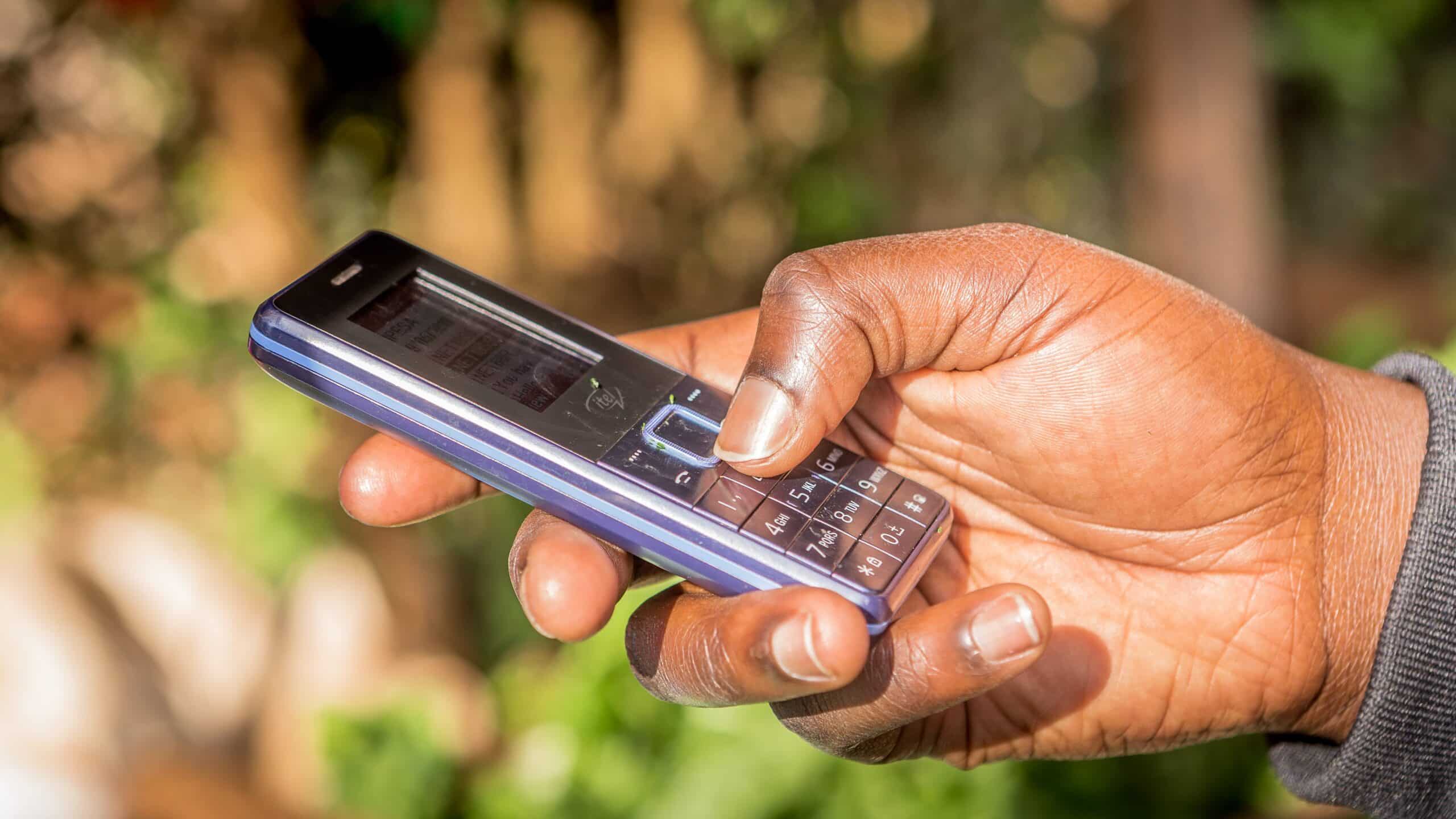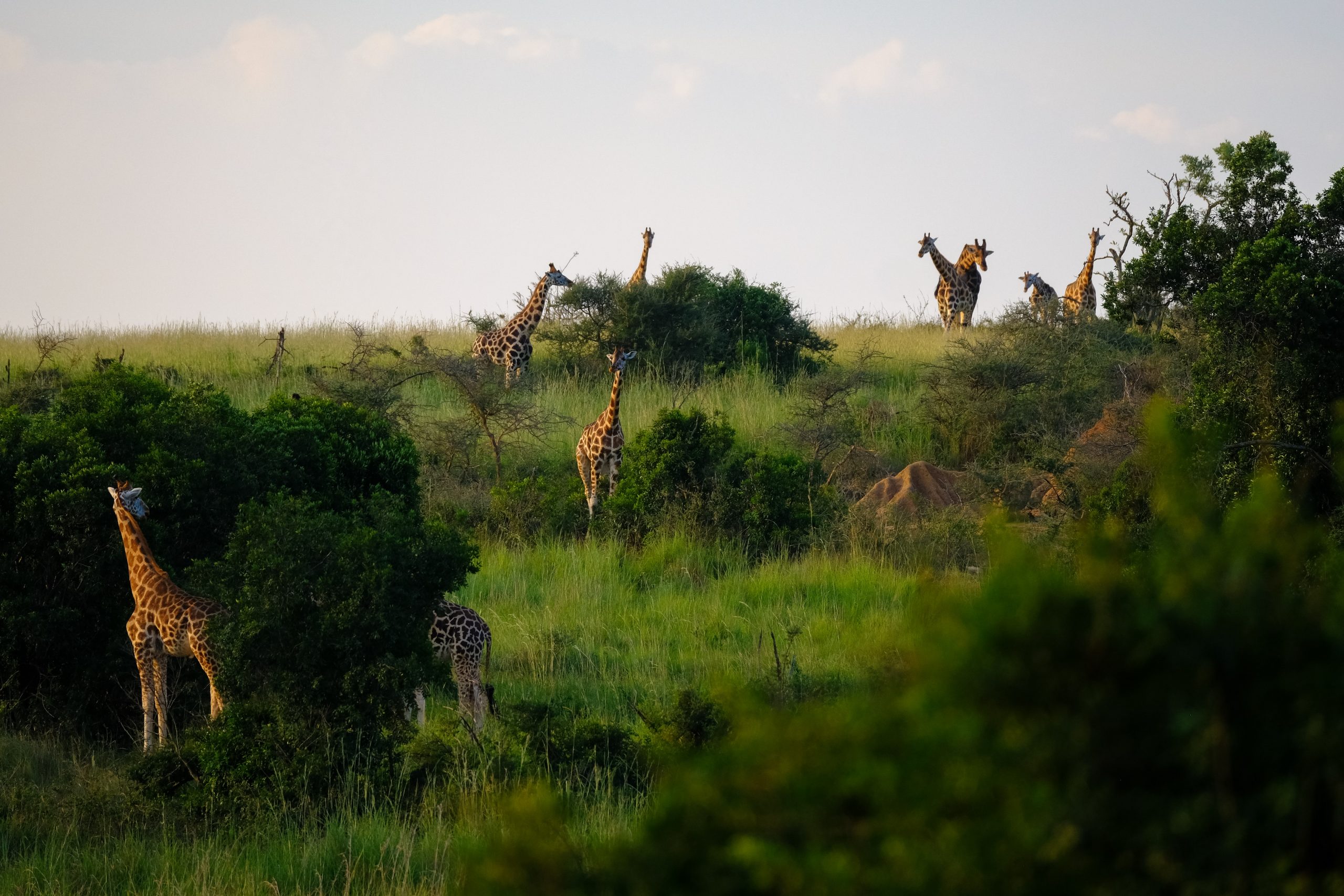
Africa is under pressure to develop its green finance market for two crucial reasons. The first is to significantly and sustainably respond to climate change, as the continent is vulnerable to the severe effects of climate change. Secondly, African private and public sectors lag behind other emerging markets in green (and sustainability) bond issuances. The SADC Green Bond Programme serves to address the aforementioned challenges in general, and in particular, the embryonic status of the green finance market in the SADC region.
Since its official launch in March 2021, the Programme has made commendable headway in implementing its core strategic objective of developing the green bond market in SADC – which is demonstrated by the publishing of this SADC Green Finance Demand Study. Considering that the development of the capital market ecosystem depends on timely empirical information, the importance of this study cannot be overstated. Not only does it bridge the existing knowledge gap regarding green investmt opportunities and barriers in the SADC region, but it is also underpinned by one of CoSSE’s mandates, which is to encourage the transfer of securities markets’ intellectual capital and technical expertise among member Exchanges of CoSSE.

For millions of financially excluded individuals worldwide, Savings Groups offer the opportunity to save and borrow small amounts of cash in a convenient, accessible and generally safe manner. The standard methodologies promoted by development organizations reduce threats to the security of members and group assets through the self-selection of known and trusted members, the use of a cash box with multiple locks, transparent cash counting, and the active use of the loan fund.
In 2019, our partners the SEEP Network and Catholic Relief Services returned to the study sites of the risk assessment across Madagascar to examine the impact of theft and insecurity on Savings Groups, and to identify how groups, communities, trainers and law enforcement officials have responded. In each village, interviews were conducted with groups that had experienced theft or attacks, as well as nearby groups that had not been directly affected. In total, 23 groups were interviewed, represented most often by their management committees. To add perspective to the information gathered from group interviews, additional interviews were conducted with 21 trainers, 10 staff from implementing partner organizations, seven community members and two law enforcement officials.
Download the case study here.

The African continent presents a massive investment opportunity for investors to advance climate solutions in the coming decade, however, a set of barriers to finance have stifled requisite investment to date. In this new report, in collaboration with Climate Finance Innovation for Africa and Climate Policy Initiative, we provide a framework for how innovation in financing structures can leverage strategic deployment of public capital to ‘crowd-in’ private investment at levels not yet seen.
This paper focuses primarily on climate mitigation, which represents the largest investment opportunity for private investors. We refer audiences focused specifically on adaptation to the work done by the Global Center on Adaptation and Climate Policy Initiative on Financial Innovation for Climate Adaptation in Africa.


